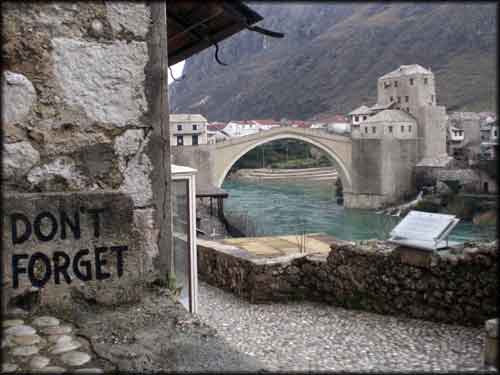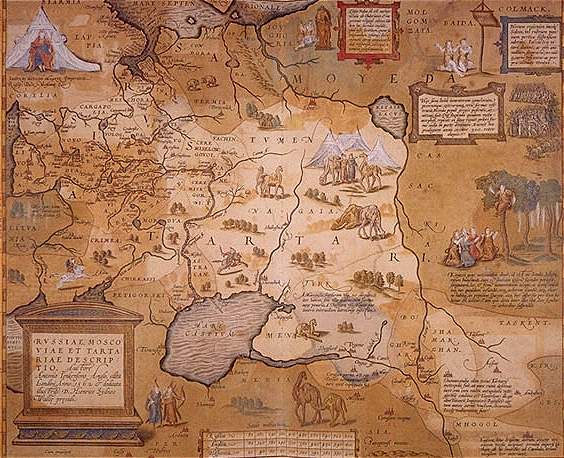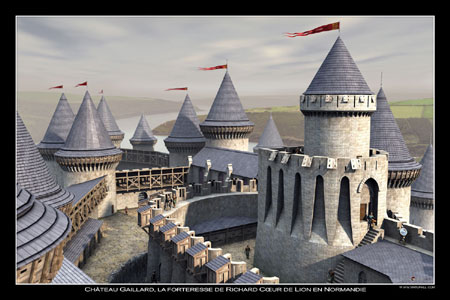 Bosnia nel Medioevo
Bosnia nel Medioevohttp://www.maat.it/livello2/bosnia-1.htm
 Un evento medievale epocale del secolo scorso: La scoperta delle BERJOSTY
Un evento medievale epocale del secolo scorso: La scoperta delle BERJOSTY
Ce texte est une version aménagée du second volume de ma thèse intitulée Livres manuscrits et librairies dans les abbayes et les chapitres vosgiens des origines au XVIe siècle, thèse de doctorat en histoire médiévale de l'Université de Nancy 2, préparée sous la direction de Michel Parisse et soutenue en 1989 (2 vol., 752 p. + pl.).
Le premier volume, édité par les Presses Universitaires de Nancy, en 1992, dans la collection Lorraine, sous le titre Les livres dans les abbayes vosgiennes du Moyen Age, présente l'histoire des abbayes vosgiennes et de leurs livres, autour de la fabrication et de l'entretien des livres, de l'office et de la méditation, des études, de la vie littéraire, des librairies et des grands événements qui désorganisèrent celles-ci.
Le second volume, resté inédit, et qui réunit une documentation variée, se prêtait au balisage informatique et ne pouvait trouver meilleur support qu'Internet. Il comprend le catalogue des manuscrits vosgiens conservés, la présentation des anciens catalogues de livres des abbayes vosgiennes et la liste des mentions de livres relevées dans les archives et en particulier dans les livres de comptes romarimontains. Les communautés de Moyenmoutier, Senones, Saint-Dié, Etival, Bonmoutier, Epinal, Remiremont, Hérival, le Saint-Mont ont toutes possédé des manuscrits et inventorié leurs bibliothèques, mais leur activité autour des livres fut très variée.
visitez le site:
www.univ-nancy2.fr/MOYENAGE/ArtemTravauxenLigne/TheseMJGG/index.htm
 Medieval Pilgrimage
Medieval Pilgrimage Casteland
Casteland Medieval banquets
Medieval banquets Medieval Denmark
Medieval Denmark Money and Coins in Wales in the Middle Ages
Money and Coins in Wales in the Middle AgesThere is a half a chapter on numismatics in the book by Ian Jack:
Jack, R. Ian. Medieval Wales. London: Hodder & Stoughton, 1972.
ISBN 0 340 12694 9.
Jack has a couple of pages on the coin struck for Hywel Dda in the 10th century and briefly discusses claims that other Welsh princes issued coins. The only one of these that Jack attaches much credence to is a report by Edward Lhuyd in 1698 that the Bishop of Bangor told him that one of his relations had possessed a coin issued by Llewelyn ab Iorwerth, or Llywelyn the Great, (who became Prince of Gwynedd in about 1197 and extended his rule over much of the rest of Wales in the next two decades, his reign ending with his death in 1240). Lhyud said that the Bishop (whose knowledge of Old Welsh was claimed by Lhyud himself to be even greater than his own) had shown the coin to many of his acquaintances who confirmed his story.
Lhuyd's account seems to imply that the coin had unfortunately been lost by the time he was told the story. Jack is much more sceptical of claims for coin production by other Welsh princes and concludes his discussion of the minting activities of native princes thus: "the evidence amounts to one virtually certain coin, one very doubtful coin of a doubtful prince, one well-attested lost piece of Llywelyn the Great and some lost triangular curiosities. With Norman and Angevin mintings in Wales, the evidence, though still uncomfortably scanty, is much more circumstantial." (page 201). English coins may have circulated in Wales to some extent before the conquest, but even as late as the 14th century payment in cattle was still very common. (See Davies, R.R. The age of conquest: Wales 1063-1415. Oxford: O.U.P.,1987).
go to the site:
www.ex.ac.uk/~RDavies/arian/welsh.html